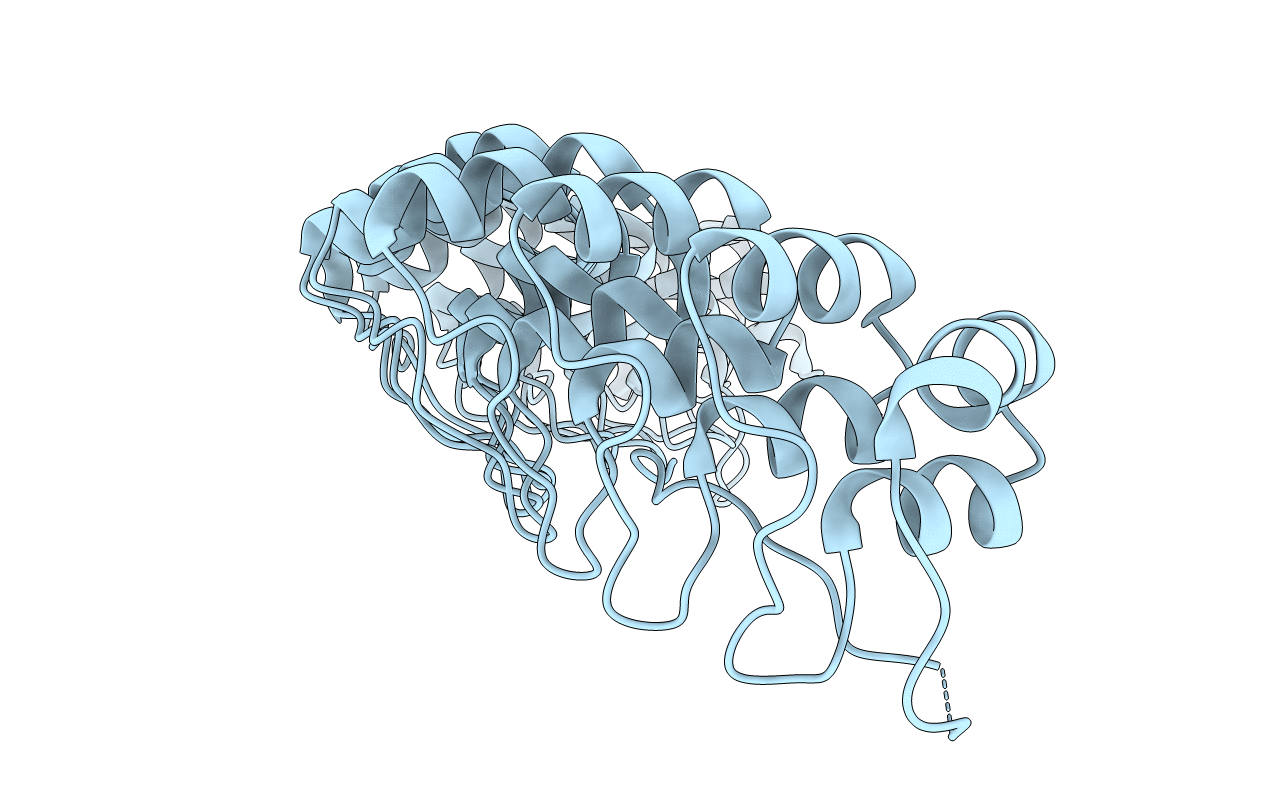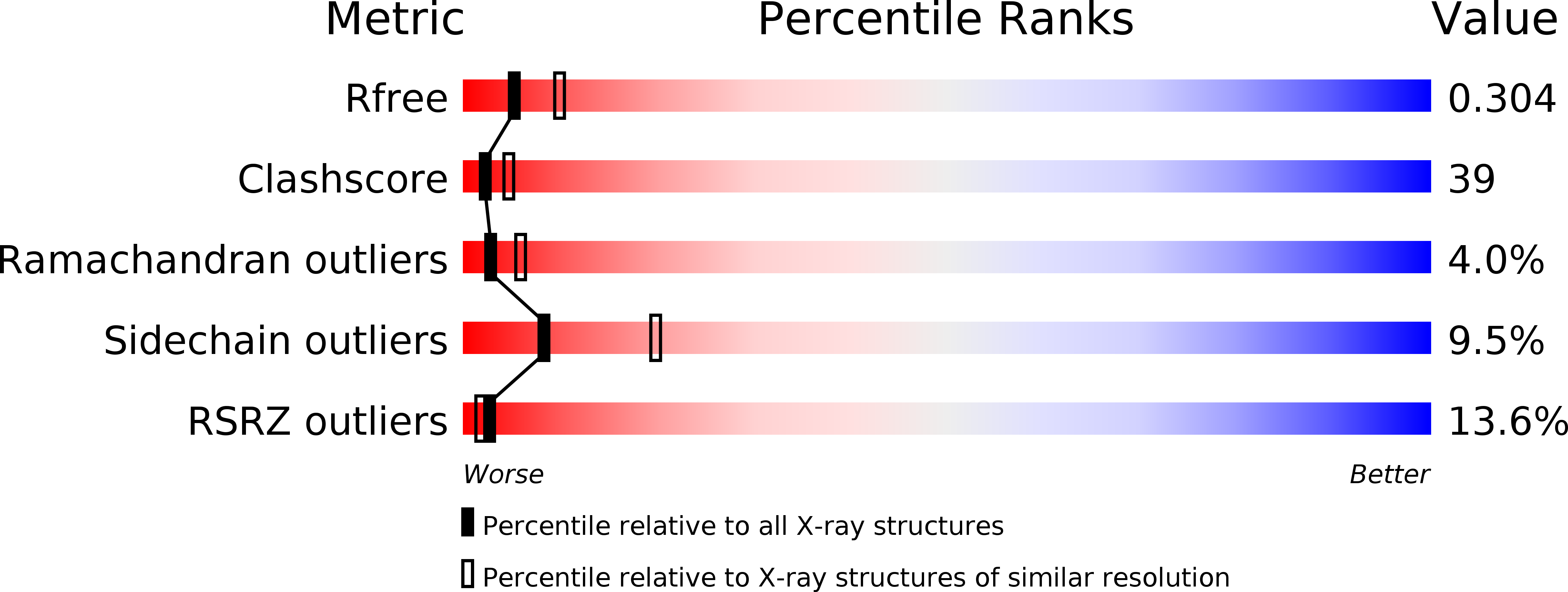
Deposition Date
2002-10-16
Release Date
2002-12-11
Last Version Date
2024-02-14
Method Details:
Experimental Method:
Resolution:
2.70 Å
R-Value Free:
0.30
R-Value Work:
0.31
R-Value Observed:
0.31
Space Group:
P 63 2 2


